Cao Bang is endowed by nature with beautiful natural scenery, along with unique cultural identity and famous products. Especially in the heart of the UNESCO Global Geopark Non Nuoc Cao Bang contains masterpieces of nature, including the national scenic spot Ban Gioc waterfall - Nguom Ngao cave, Dam Thuy commune (Trung Khanh) is a place that attracts domestic and foreign tourists because of its wild and magical beauty.
Ban Gioc Waterfall - a natural wonder in the heart of Non Nuoc Cao Bang UNESCO Global Geopark
Ban Gioc Waterfall National Scenic Area is located in Dam Thuy Commune, 28 km from Trung Khanh Town, about 90 km east of the City. The waterfall is located on the Vietnam - China border. Ban Gioc Waterfall is one of the majestic natural waterfalls, one of the four largest and most beautiful waterfalls among the waterfalls located on the border between countries (Iguazu Falls between Brazil and Argentina, Victoria Falls between Zambia and Zimbabwe, Niagara Falls between the United States and Canada). The waterfall is ranked in the top 10 most majestic waterfalls in the world by Touropia Magazine and the top 5 majestic and beautiful waterfalls with many legends by the Vietnam Record Organization.
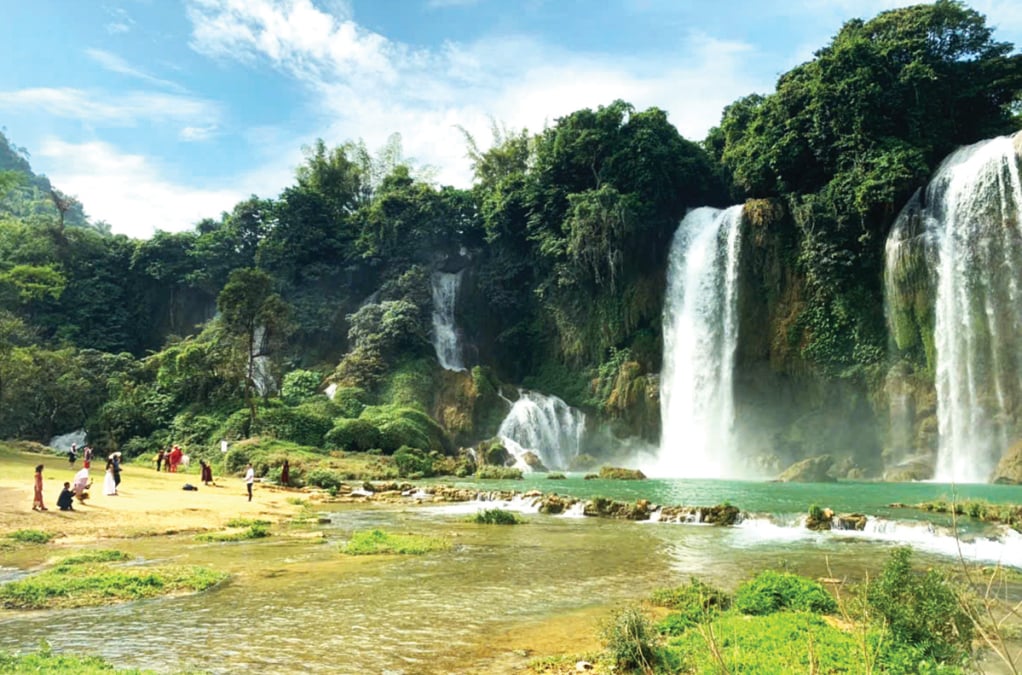
Located on Quay Son River, Ban Gioc waterfall is about 300 m wide, about 53 m high, divided into 3 levels with 15 different large and small waterfalls. The waterfall includes a secondary waterfall and a main waterfall. The secondary waterfall is 150 m long, including 1 level about 30 m high, the main waterfall is about 50 m long. From the foot of Phja Chang mountain looking towards Ban Gioc waterfall, the waterfall is clearly divided into two areas: On the left side are two large waterfalls that look like two white silk strips rising in the mist from afar; on both sides of the waterfall are three to five small waterfalls. In the middle of the two waterfall areas is a strip of old forest sprouting in the middle of the river; at the foot of the forest strip is a sandy beach up to 100 m² wide, which is a place to rest and dock boats when going to the foot of the waterfall. On the right side is the main stream with 11 - 12 large and small waterfalls, arranged in 3 levels, from the foot of the waterfall estimated to be 35 m high, pouring down onto the limestone area with white foam all year round, creating a majestic scene. In front of the waterfall, connected to the foot of Phja Chang mountain, is a fertile terraced field, enjoying the alluvium of the Quay Son river. In the midst of majestic nature, Ban Gioc waterfall is like a soft white silk strip standing out against the green background of the mountains and forests of the border region of the Fatherland.
Coming to Ban Gioc waterfall at any time of the year has its own beauty: The rainy season at Ban Gioc waterfall lasts 4 months (from June to September every year). This is the time when Ban Gioc waterfall possesses a majestic, fierce beauty, the waterfall water is rolling, creating white foam, as if the clouds are gathering when it rains. From October to May of the following year is the dry season. At this time, the water is gentler and more peaceful. Ban Gioc waterfall possesses a peaceful beauty, clear blue water combined with the golden ripe rice season on the fields following each other at the foot of the waterfall, creating a beautiful scene like a colorful painting.
Attractive national scenic spot Nguom Ngao cave
Nguom Ngao National Scenic Area, also known as Nguom Ngao Cave, is located 3 km from Ban Gioc Waterfall. In the Tay ethnic language, “Nguom Ngao” means “Tiger Cave”, discovered by local people in 1921 and opened for tourism in 1996.
Nguom Ngao Cave has a very special beauty, located in the heart of a limestone mountain containing many fossils of coral and sea lilies formed in an ancient sea about 400 million years ago. Therefore, the stalactites in the cave have a different color from other local caves because of the amount of calcium mixed with many impurities. The system of stalactites and stalagmites in the cave has many colors and shapes, interwoven in many layers, creating a mysterious and magical scene. Over time, nature has carefully collected each drop of water that has eroded the crevices of the rocks, peeling off small rocks that have accumulated over millions of years to form unique stalactites, creating a harmony between rocks and water. This is also one of the rare unique beauties of the cave.
The cave is over 2 km long, wide inside, with many nooks and crannies; it consists of 3 main doors: Nguom Lom door, cool all year round, hidden under the rocks at the foot of the mountain, Nguom Ngao door a few hundred steps from the foot of the mountain and Ban Thuon door behind the mountain, next to Thuon village of the Tay people. The temperature in the cave is from 18 - 25 O C, cool in summer, warm in winter.
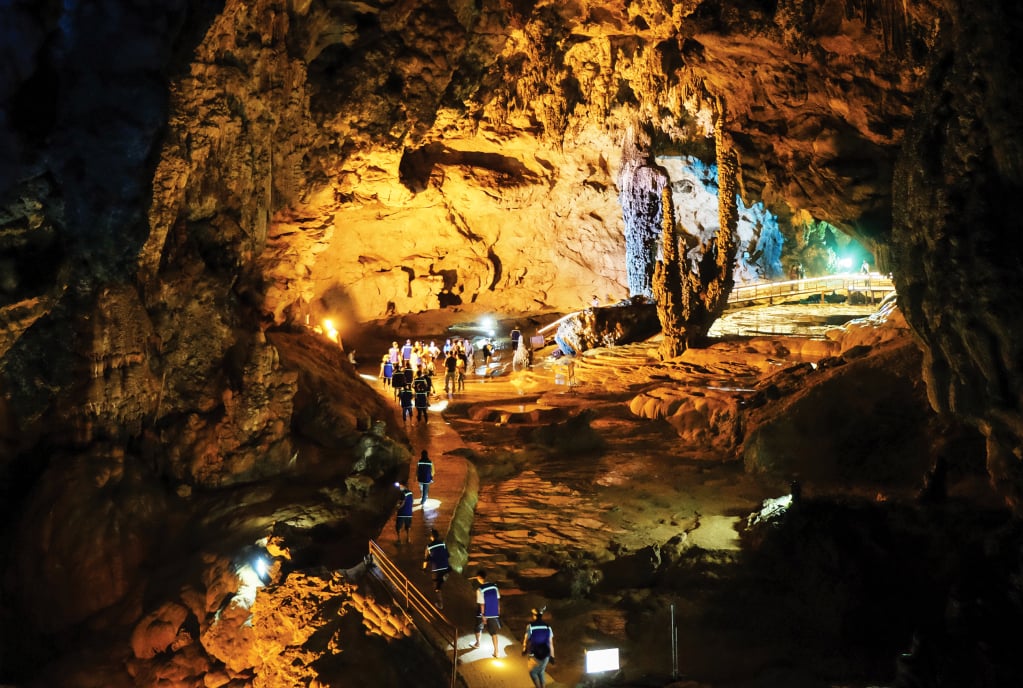
Nguom Ngao Cave is divided into 3 main areas: The first area from the main entrance, down 15 stone steps, the cave arch opens up a magical space with light and dark spaces due to the light passing through two large holes in the cave ceiling, making the color of the stalactites in the cave even more magical. Many people often call this the "gate to heaven". Going deeper into the cave, everything becomes more vivid, that is the image of the pillar supporting the sky, the magic toad, the fairy pond, many stone curtains, stone mortars, stone tables, Tay people's kitchens and "terraced fields" due to the limestone floor being eroded and weathered for millions of years. On the floor of the cave are fossil traces that look like water running across the sandbank after the waves recede from the shore. The second area is the central area, where the space is the largest and most beautiful. Due to the long-term weathering of limestone mountains, stalactites and stalagmites have created mysterious images such as: coral stone pillars, sailboats, tigers lying down, rice pounding pestles, especially the image of upside-down lotus flowers... The third area is also known as the treasure area with images of gold waterfalls, silver waterfalls, silver trees, money trees, the god of wealth, Buddha's hand giving lucky drops of water... and the image of a block of stone resembling a white horse reluctantly seeing off visitors. The last cave arch is called the wind door, because here the wind is blown in from outside regularly, very cool, standing here you can hear the murmur of the stream flowing in the cave, that is the source of the Ky stream flowing through Ban Gun. Currently, the cave almost retains its pristine beauty, little affected by human hands.
To provide detailed regulations on the management, protection, exploitation and promotion of the value of Ban Gioc Waterfall tourism resources, the Provincial People's Committee has issued regulations on the management of Ban Gioc Waterfall Tourist Area, including: management, protection, survey, investment research, construction, cultural organization, festivals, entertainment, film making, advertising, scientific research, international cooperation... This is the basis for protecting and promoting heritage values, developing sustainable tourism, improving service quality, and building Ban Gioc Waterfall into an attractive tourist destination.
Along with other tourist attractions in the province, Ban Gioc waterfall and Nguom Ngao cave are ideal stops for visitors when coming to the "green pearl of the Northeast", promising an impressive vacation during the April 30 - May 1 holiday.
Hong Chuyen
Source: https://baocaobang.vn/tuyet-tac-thien-nhien-noi-vien-ngoc-xanh-dong-bac-3176215.html



![[Photo] Closing of the 11th Conference of the 13th Central Committee of the Communist Party of Vietnam](https://vstatic.vietnam.vn/vietnam/resource/IMAGE/2025/4/12/114b57fe6e9b4814a5ddfacf6dfe5b7f)
![[Photo] Overcoming all difficulties, speeding up construction progress of Hoa Binh Hydropower Plant Expansion Project](https://vstatic.vietnam.vn/vietnam/resource/IMAGE/2025/4/12/bff04b551e98484c84d74c8faa3526e0)


















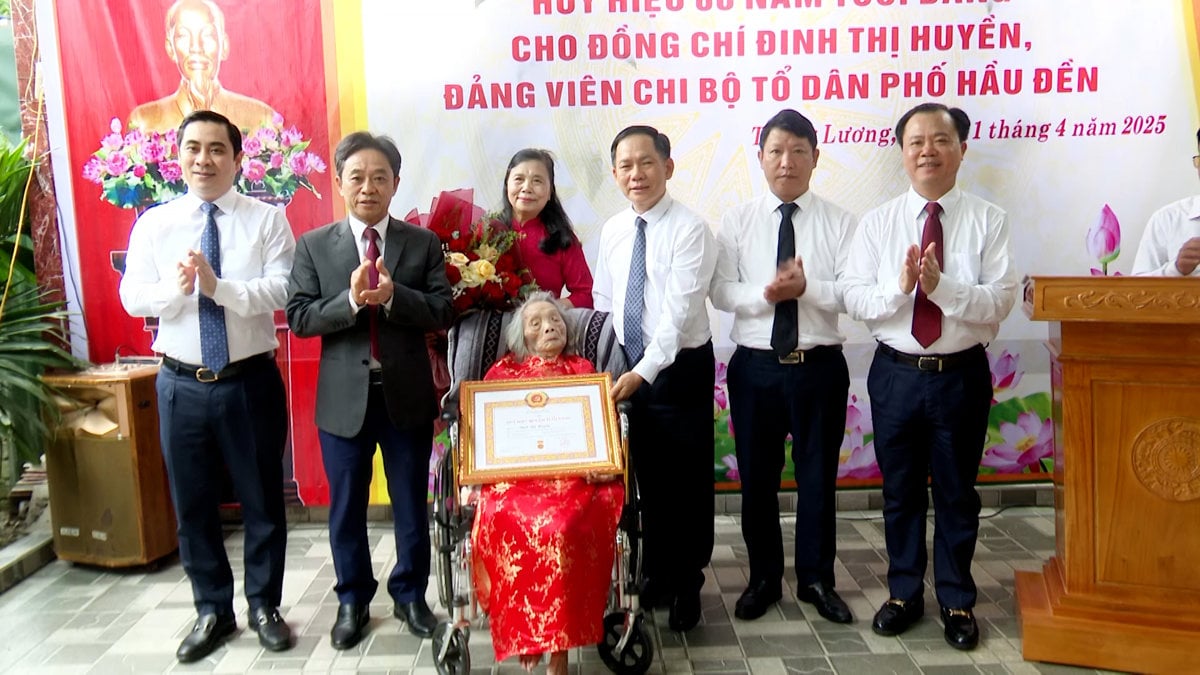

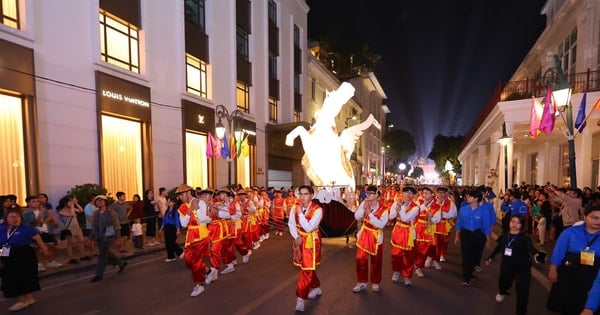

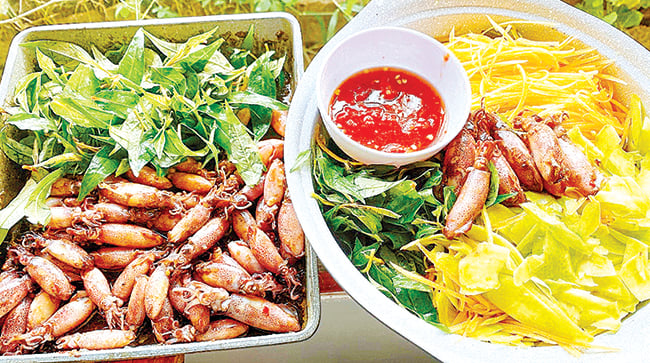


















































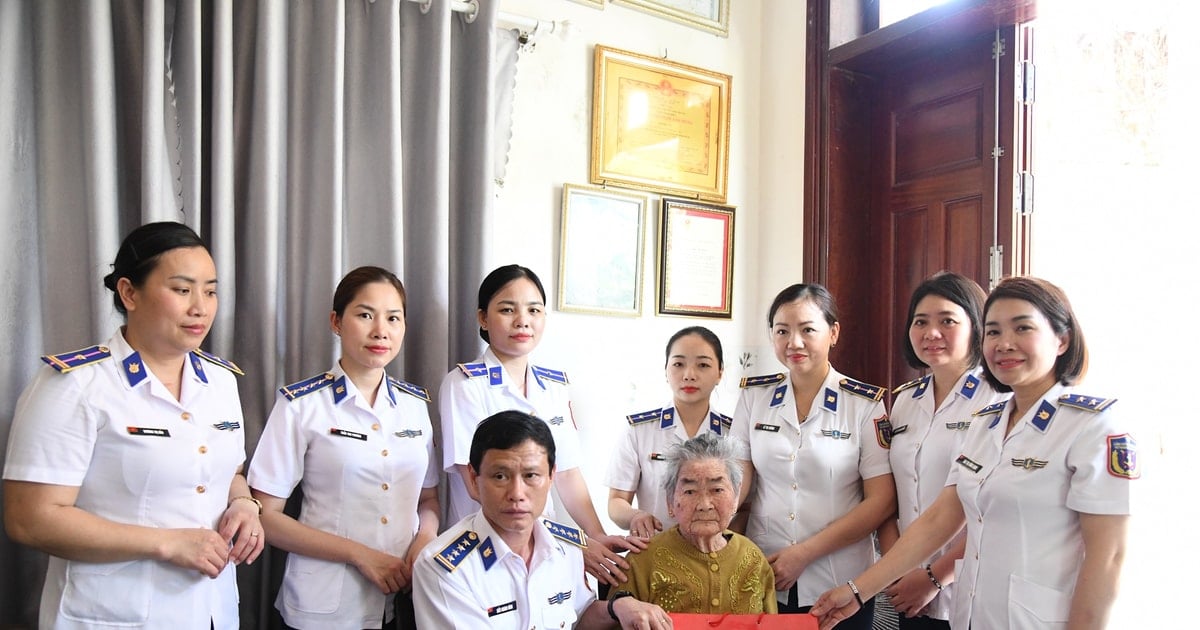


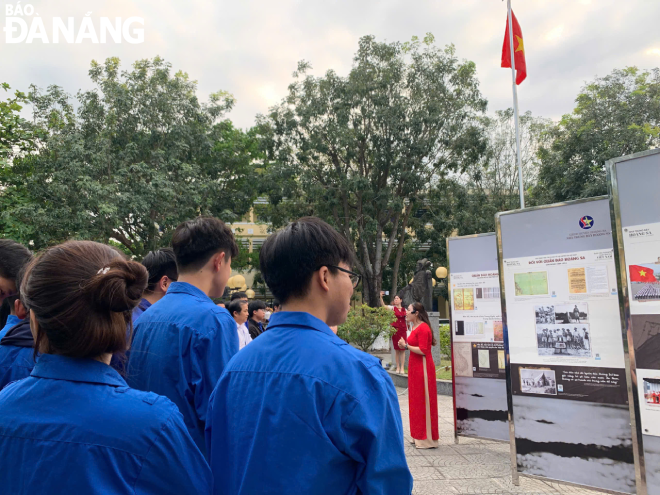












Comment (0)